The European Union (EU) has prepared a plan that includes operating Russia's frozen assets of approximately $200 billion and using the proceeds to rebuild Ukraine.
The EU Commission foresees a return of about 2.6 percent from the operation of assets belonging to the Central Bank of Russia, frozen under the sanctions.
The EU is considering investing in Russian assets, including central bank reserves frozen due to the war.
With this resource, the EU is exploring legal options to finance the reconstruction of Ukraine. Options include investing with Russian assets and using the proceeds in Ukraine.
Unprecedented application
The initiative, which has not been implemented before, will have legal, political and economic consequences.
EU countries established a working group to investigate what could be done in this area. Experts from EU countries will hold a meeting on Tuesday where they will discuss this issue.
The EU Commission conducted a study that looked at the legal basis and associated risks of investing in Russian assets.
The EU wants to act in coordination with the G7 countries because it fears that it will frighten investors in Europe by acting on its own.
Total reserves 300 billion dollars
Under the EU's sanctions system, the frozen assets must be returned to the owner with the contractually agreed returns, together with the principal, if the restrictive measures are lifted. The Commission is of the opinion that revenues exceeding the yields in the contracts can be confiscated.
In Western countries, the Russian central bank reserves, which amount to a total of 300 billion dollars, are frozen, and it is estimated that approximately 200 billion dollars of this is in EU countries.
The EU Commission is of the opinion that income can be generated by investing this money in short-term, liquid and high-yielding assets. However, in case of loss from the said investments, the issue of who will bear this risk is also among the issues to be evaluated.


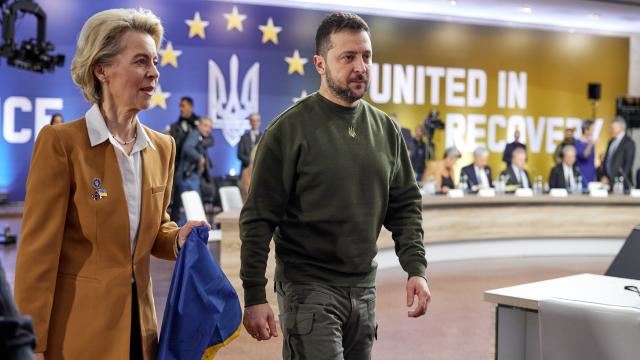

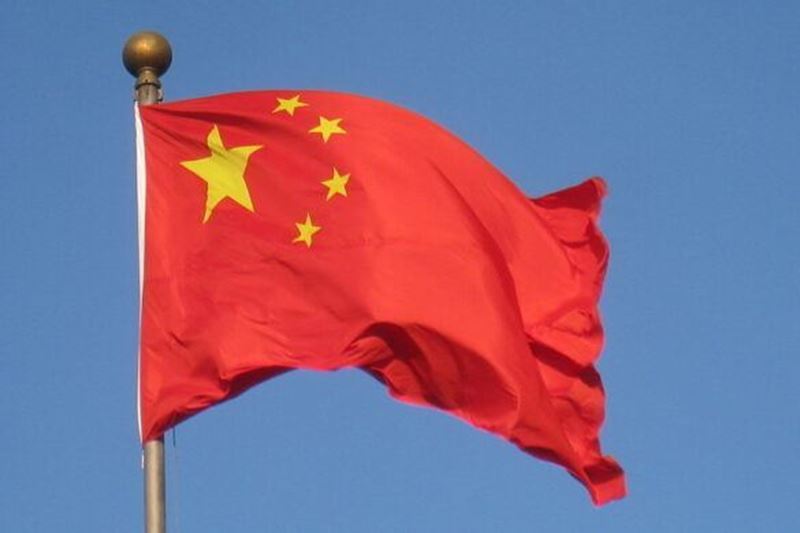
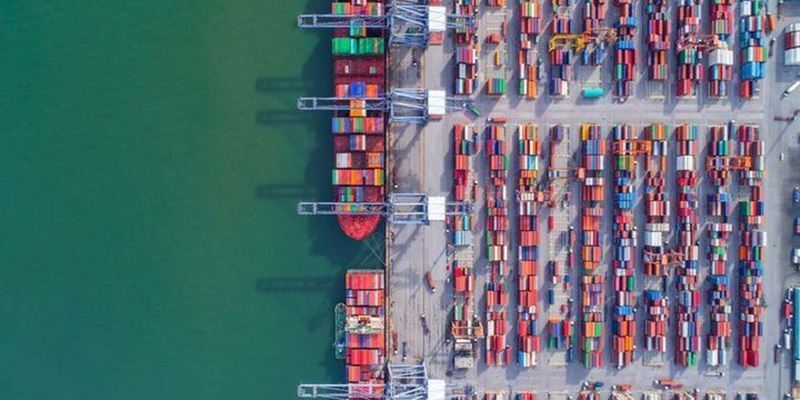
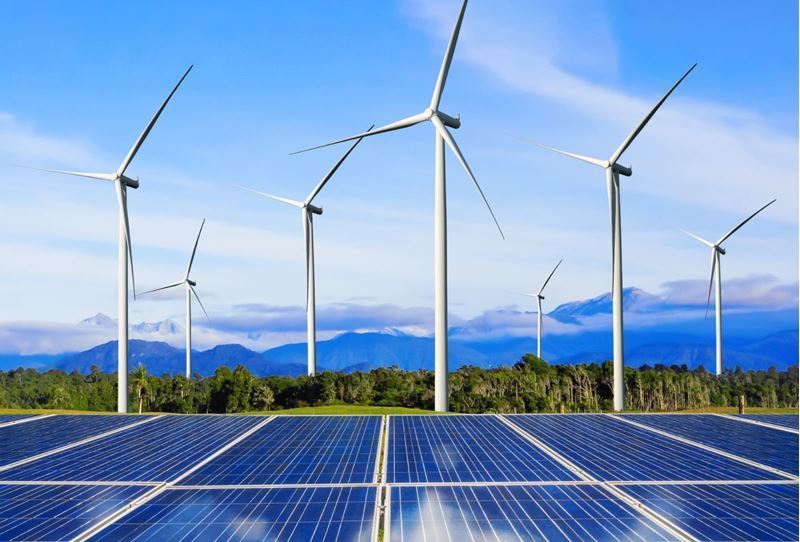
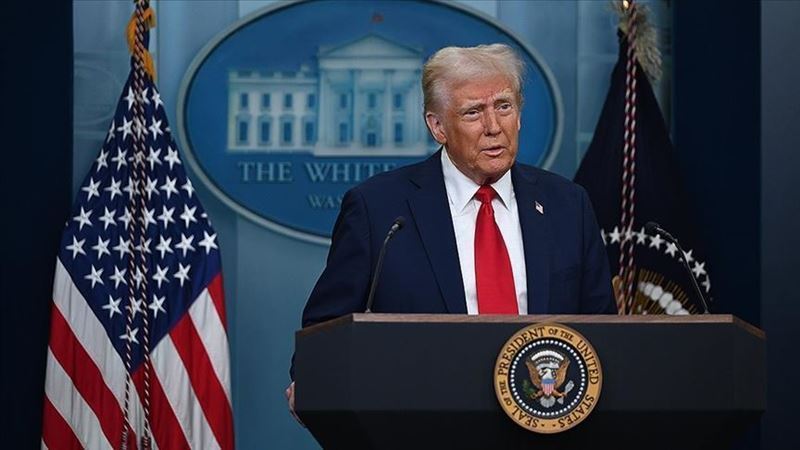



Comments
No comment yet.